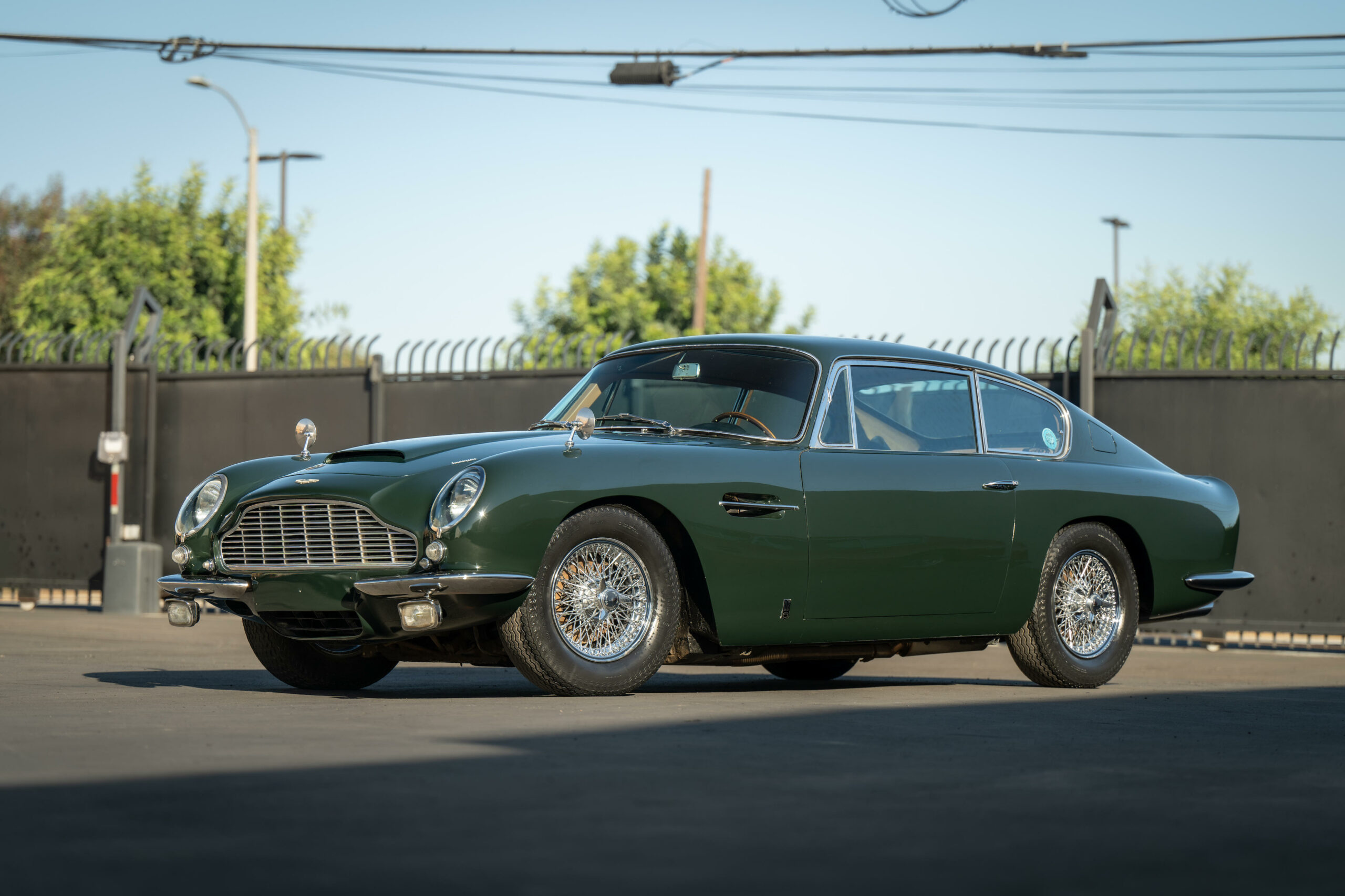Nothing found!
It looks like nothing was found here. Maybe try a search?
Categories
- 1910s
- 1920s
- 1930s
- 1940s
- 1950s
- 1960s
- 1970s
- 1980s
- 1990s
- 2000s
- AMC
- Aston Martin
- Autobianchi
- Bentley
- BMW
- Bristol
- Buick
- Cadillac
- Chevy
- Chrysler
- Citroen
- Classic Cars
- Classic Hot Rods
- Classic Muscle Cars
- Classic Sports Cars
- Cunningham
- Davis
- Duesenberg
- Edsel
- Facel Vega
- Ferrari
- Fiat
- Ford
- Ghia
- Hillman
- Hudson
- Jaguar
- Kaiser
- Lamborghini
- Luxury Car
- Maserati
- Mercedes-Benz
- Moretti
- Packard
- Panhard
- Plymouth
- Porsche
- Reliant
- Rolls-Royce
- Studebaker
- Toyota
- Uncategorized
- Vespa
- Volvo
- Wolseley
The history of DeSoto is a tale of an American automobile brand that was part of the Chrysler Corporation and enjoyed a relatively short but impactful existence. DeSoto was introduced in 1928 and quickly became known for its affordable, mid-priced cars that catered to a broad range of customers.
The brand was named after Hernando de Soto, a Spanish explorer who was one of the first Europeans to explore the Mississippi River and the southeastern United States. This choice of name was meant to evoke a sense of adventure and exploration.
DeSoto was positioned as a mid-priced brand within the Chrysler Corporation, with the goal of competing with other mid-priced automakers like Chevrolet and Ford. The company’s strategy was to offer well-equipped, stylish cars at a competitive price point.
DeSoto’s early years were marked by success, thanks in part to its stylish designs and innovative features. In the 1930s, DeSoto introduced the Airflow, a car that featured streamlined, aerodynamic styling inspired by aviation. Although the Airflow was ahead of its time, it faced mixed reception in the market but contributed to automotive design evolution.
The 1940s saw the introduction of the DeSoto Custom, a series known for its elegant styling and luxurious features. During this era, DeSoto also gained recognition for its advanced Fluid Drive transmission system, which offered smoother shifting and enhanced driving comfort.
After World War II, DeSoto experienced a surge in popularity, as pent-up consumer demand for cars led to increased sales. The brand introduced models like the DeSoto Suburban and DeSoto Firedome, which appealed to American families.
In the 1950s, DeSoto embraced the trend of powerful V8 engines, and the DeSoto Fireflite became one of its most famous models. These cars were known for their performance and distinctive styling, with features like tailfins and bold chrome accents.
Despite its initial success, DeSoto faced challenges in the competitive automotive market. Sales began to decline in the late 1950s, and in 1961, the Chrysler Corporation made the difficult decision to discontinue the DeSoto brand.
The last DeSoto rolled off the assembly line in November 1960, marking the end of an era for the brand. The decision to discontinue DeSoto was primarily due to declining sales and a changing automotive landscape, where customers were increasingly shifting towards compact and economical cars.
Today, DeSoto remains a piece of American automotive history, remembered for its stylish designs, innovative features, and its role in the mid-priced automobile market of its time. While the brand may no longer produce cars, it continues to hold a special place in the hearts of automotive enthusiasts and collectors who appreciate its unique legacy.




